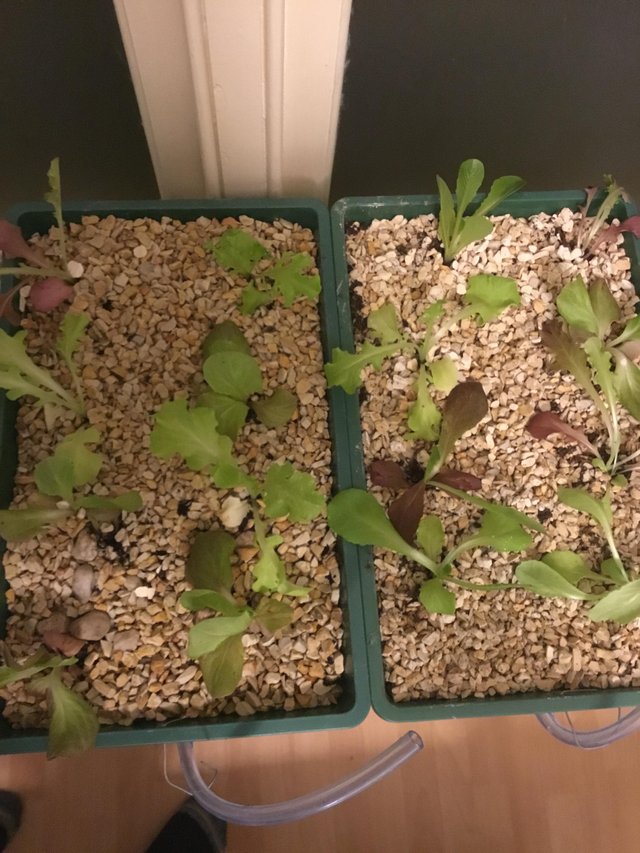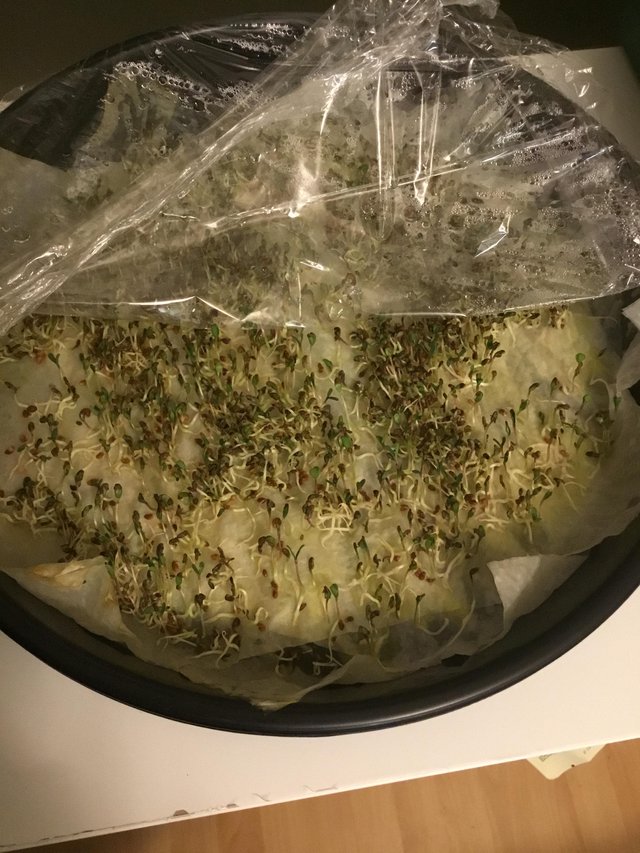Well it has been a VERY long time since I last posted anything and a lot has changed since then. The world is in the grip of COVID-19 fear but life goes on, albeit very differently.
I have actually wanted to get back into blogging as I may have a lot of spare time on my hands if my work place closes down. Working from home isn't really as option in my case as I can't bring lab equipment and chemicals home with me, although I have accumulated my own cool stuff over the years and may actually qualify for the title of Mad Scientist. (Mwahahaha)
So, with the possibility of no work, I have started to do a few experiments at home and maybe teach our boys some useful skills.
First off I decided to try some indoor hydroponic lettuce. Not exactly the heights of excitement but I'm starting slow.
It's a pretty basic setup. The medium is kitty litter (unused). It's the diatomaceous earth type. Clumping types made from clay or recycled paper are not suitable. I found I had to screen out the very fine material as it tends to get slimy and can block up the drain. Under the media is a sheet of shade cloth to keep to it from coming out the drain.
Soil has a wealth of microbes in it and its not something I like in the kitchen environment. Hydroponics offers a cleaner approach if its done properly. You just soak the medium with water for a minute or two and then let excess water drain out. The kitty litter holds plenty of water. If you don't drain it, it may lead to some unpleasant microbes growing and stink up your house. Fertilizer is essential for any plants but especially for hydroponics. Fresh soil already contains nutrients, but media like kitty little contains next to nothing. Your tap water (depending on its quality) may contain a few nutrients as well, but they will be way too dilute.
Make up fertilizer in the water you soak the media in. You can reuse the water that has drained out a couple of times but no more than that as it will start growing bacteria in it if you use it repeatedly.
You need plenty of light of course. The setup pictured below gets sunlight in the afternoon which is fine for now, but I will have to add some artificial lighting at some point.
With five in the family, I don't expect this tiny crop of lettuce to do more than a few sandwiches, but its a bit of fun and educational as well.
Alfalfa is also a good plant to grow from seed as it germinates in a couple of days and can be eaten as sprouts rather than waiting for a mature plant. The second picture shows some I started on wet paper towel covered with cling wrap. I plan to run a few experiments with different things added to the water to see its effects. There are numerous things you can try if you want to give your children a science project. Salt at different concentrations in the water, the effect of different light conditions. A taste test at the end could be interesting.
Being "cool" teenagers, our boys are not all that impressed by lettuce and alfalfa, but younger kids seem to find it interesting. When I was leading a youth group a few years back I had about 20 kids growing alfalfa as a competition and they had fun, although the competition side of it probably made it more exciting. Maybe I should do that with our boys. Hmmm I can see it now. Sabotaged alfalfa sprouts. Ugly!

